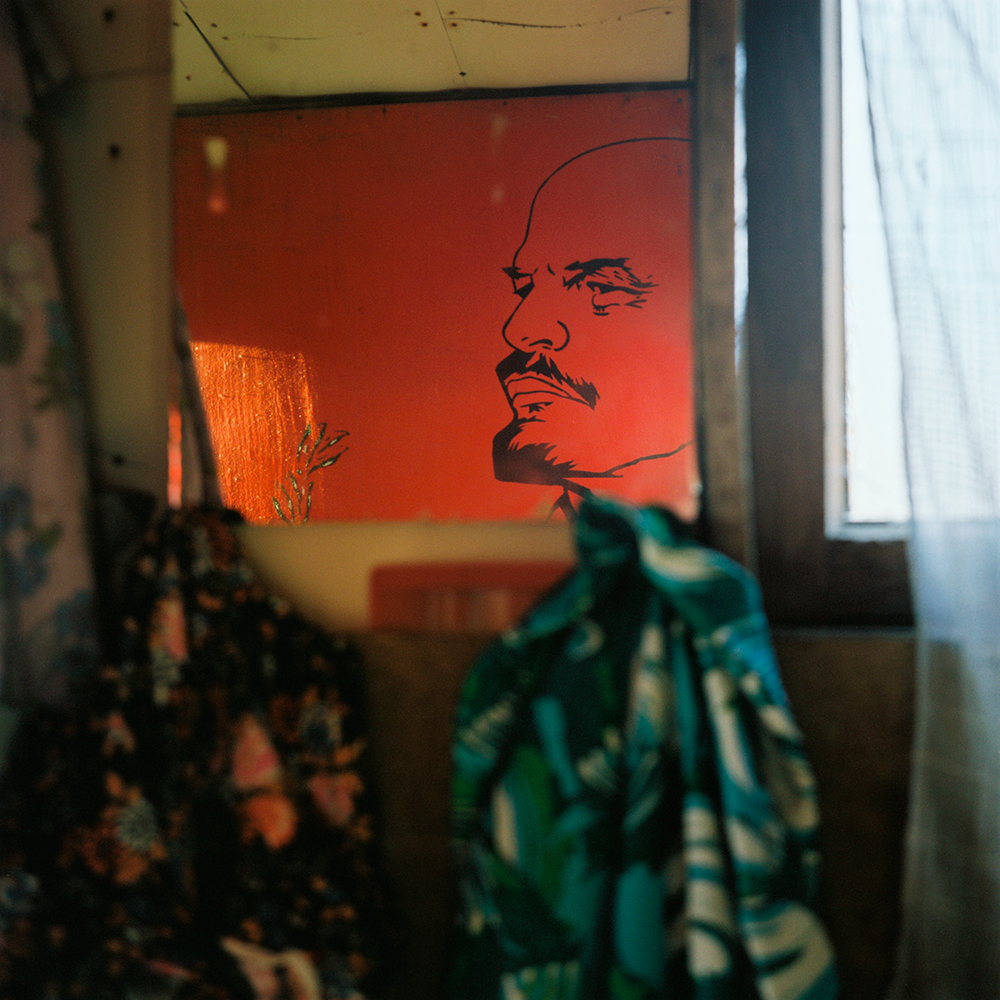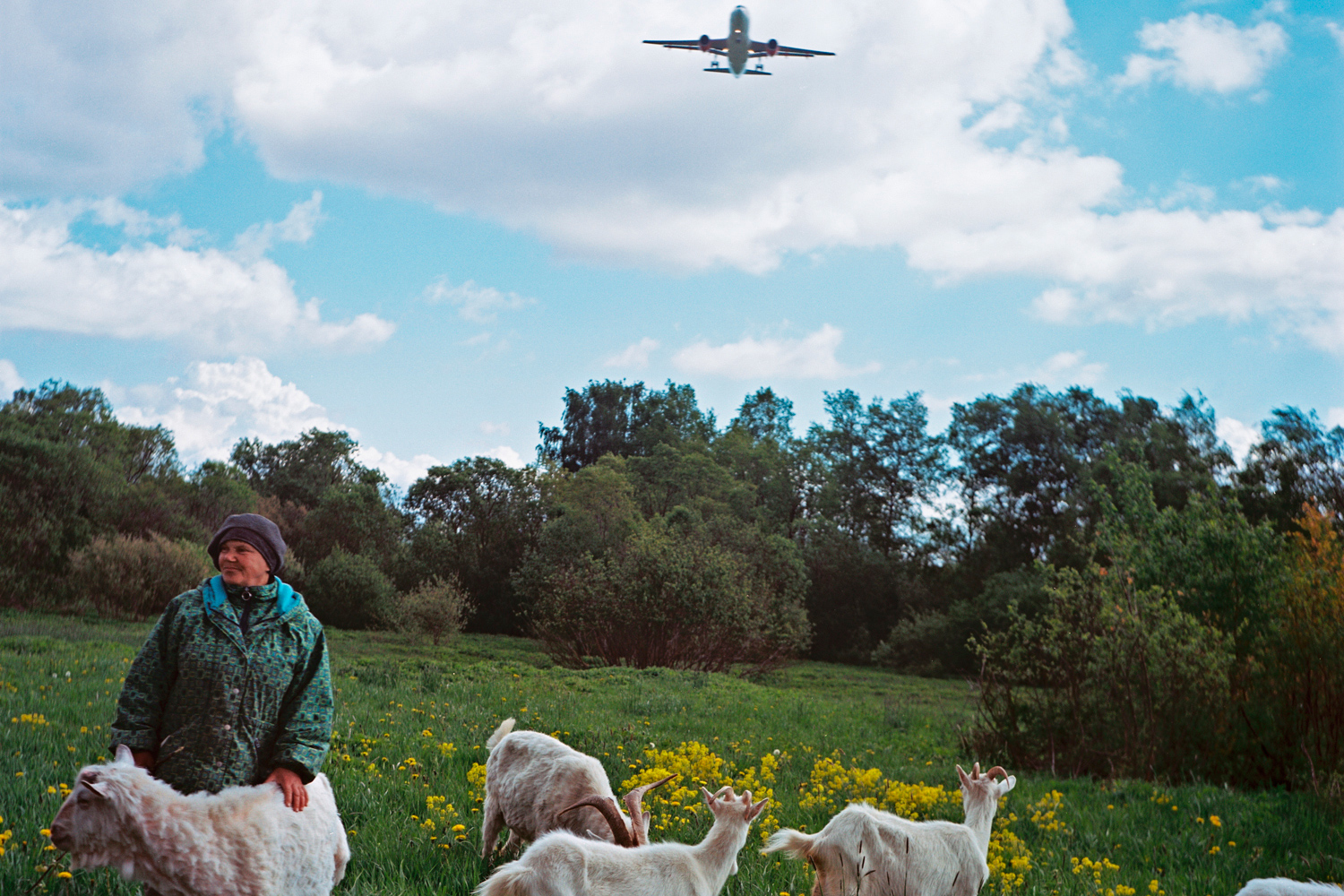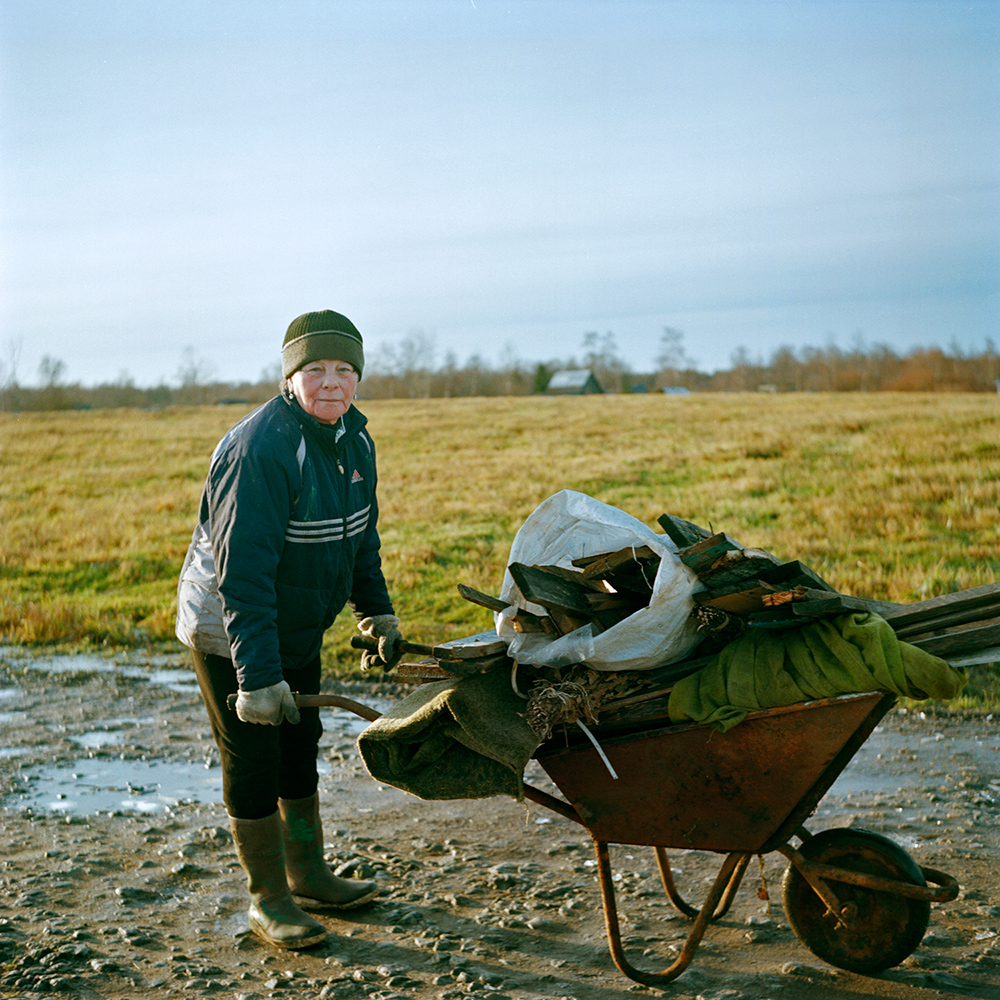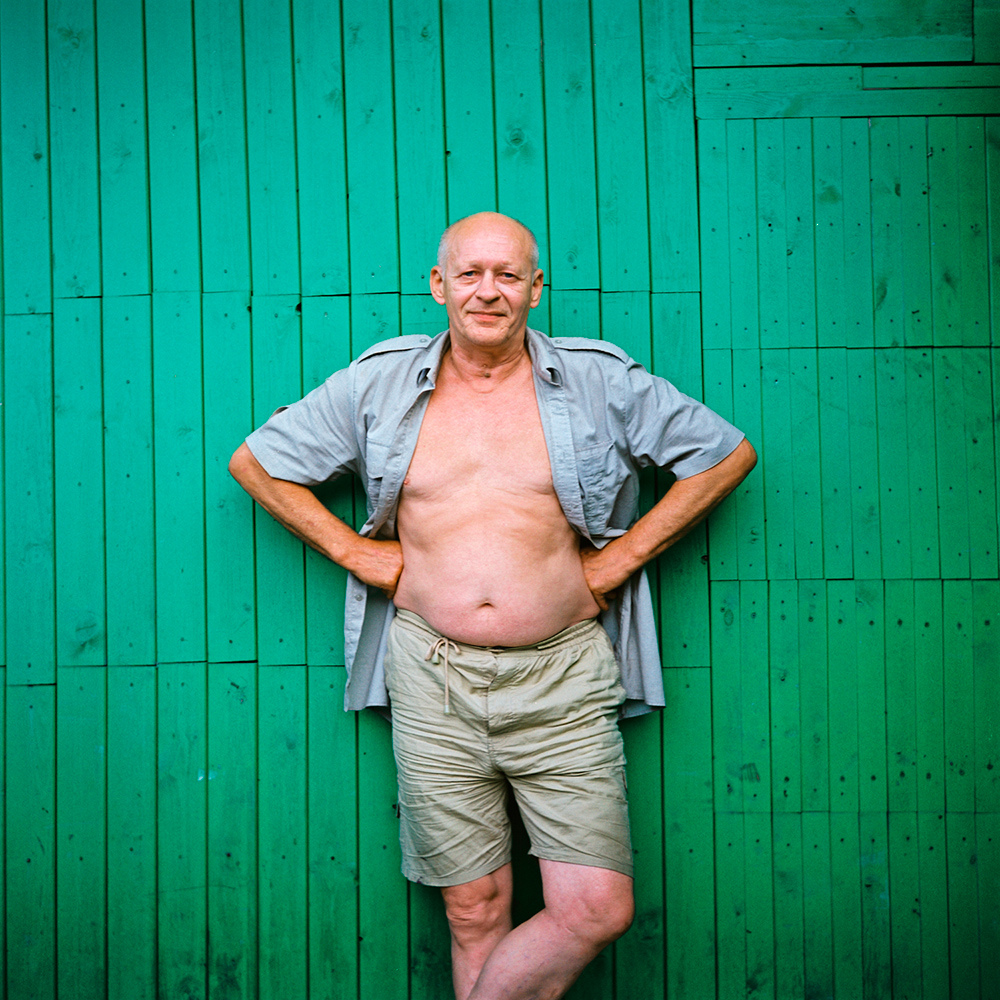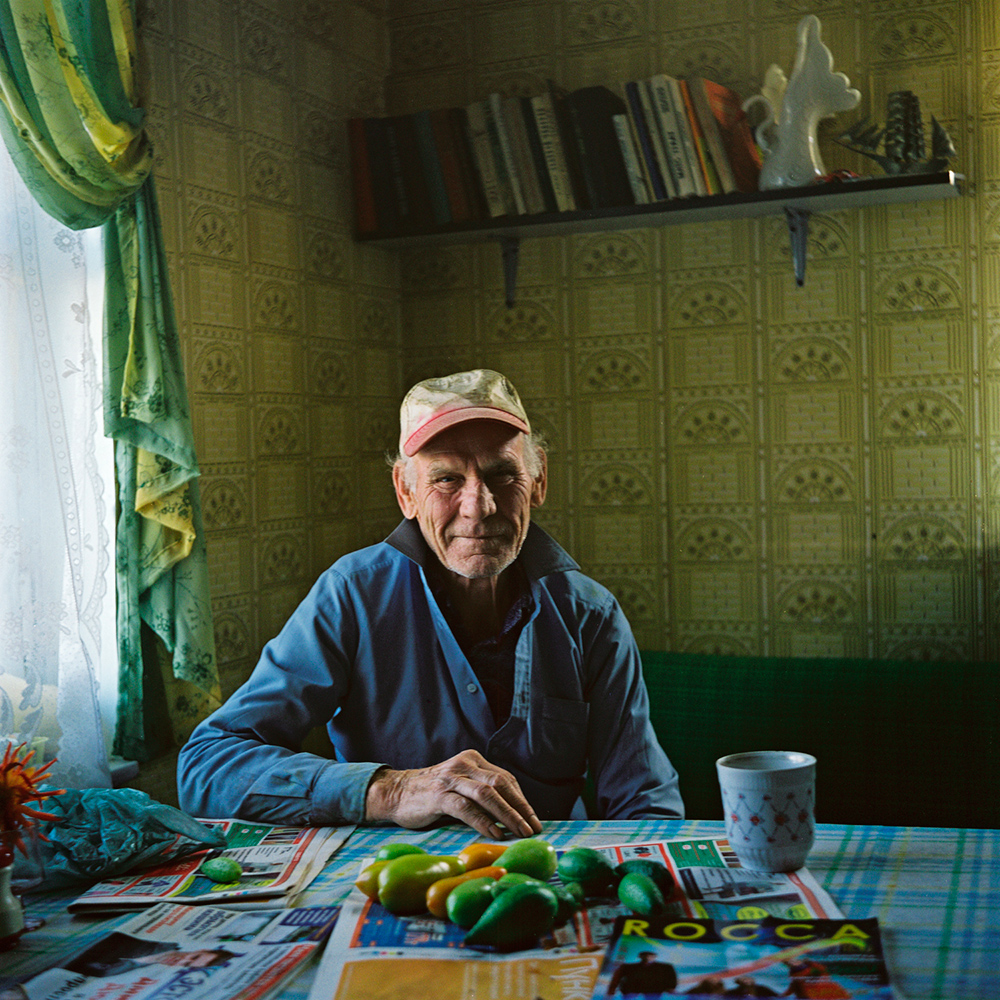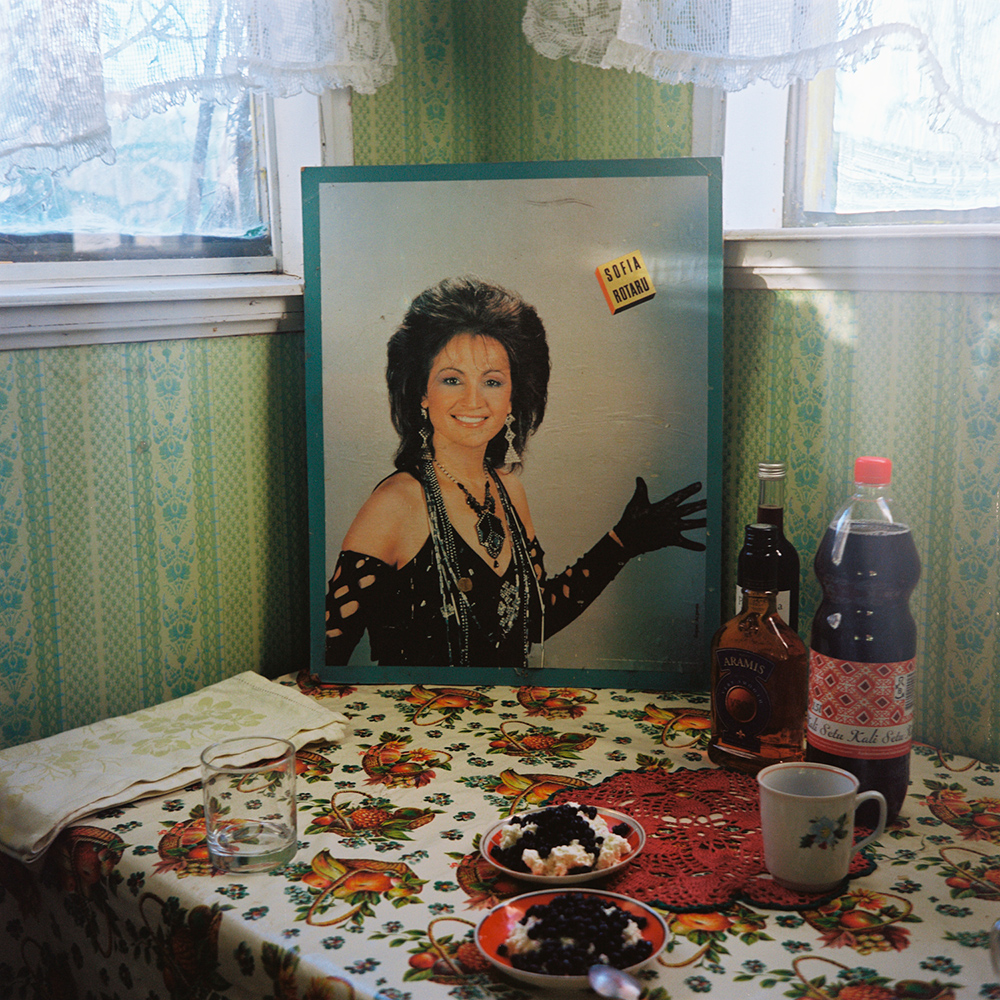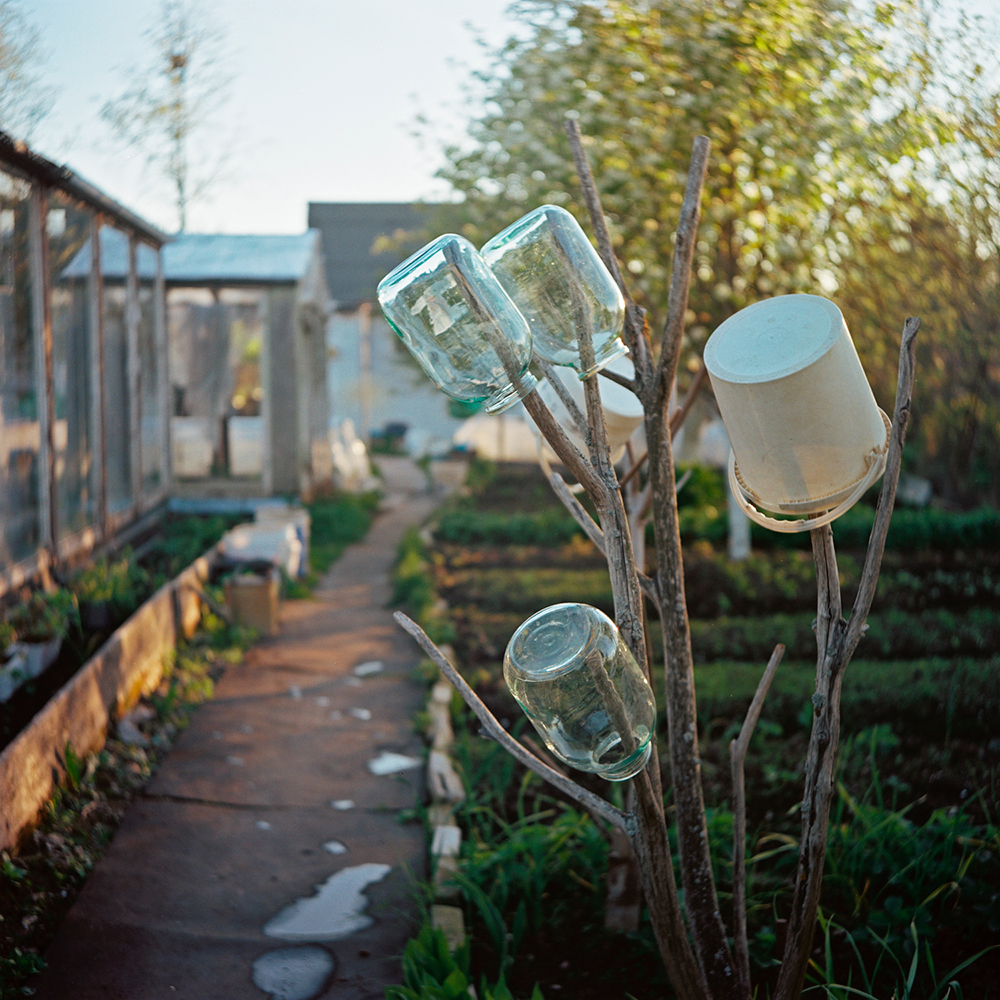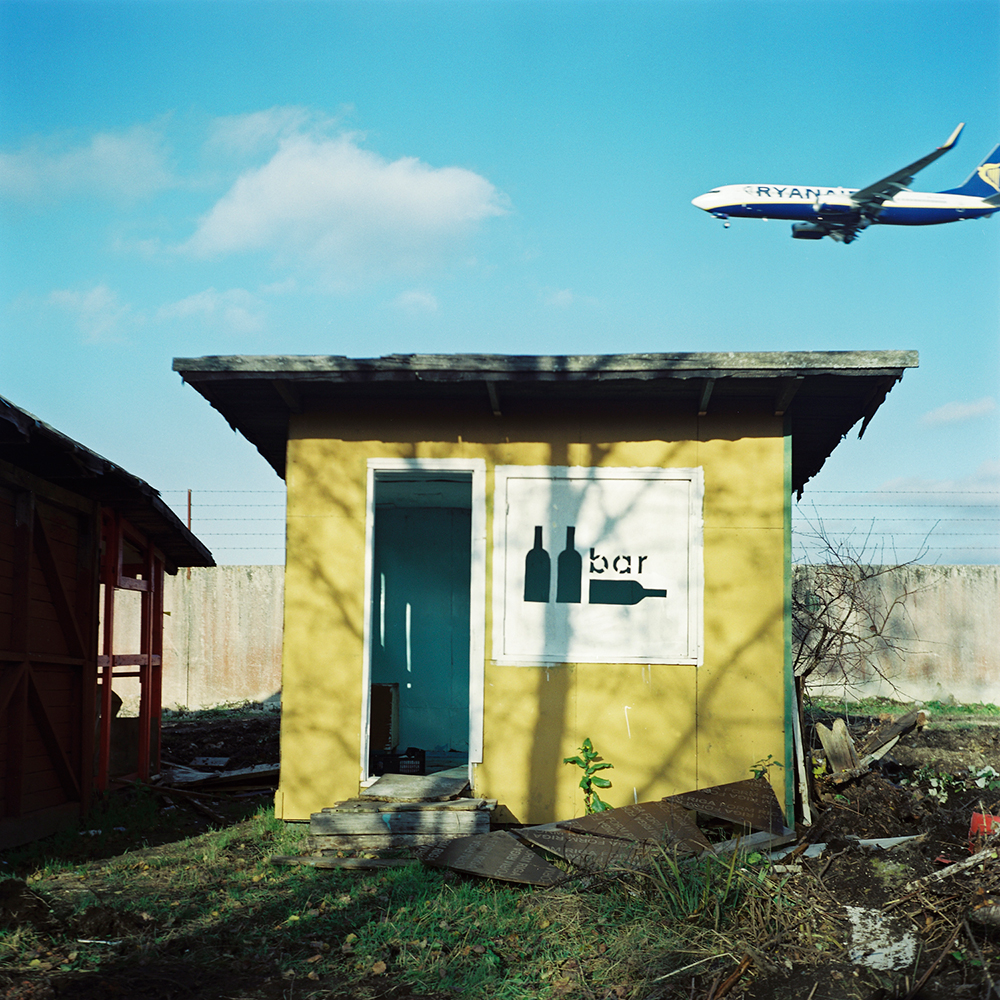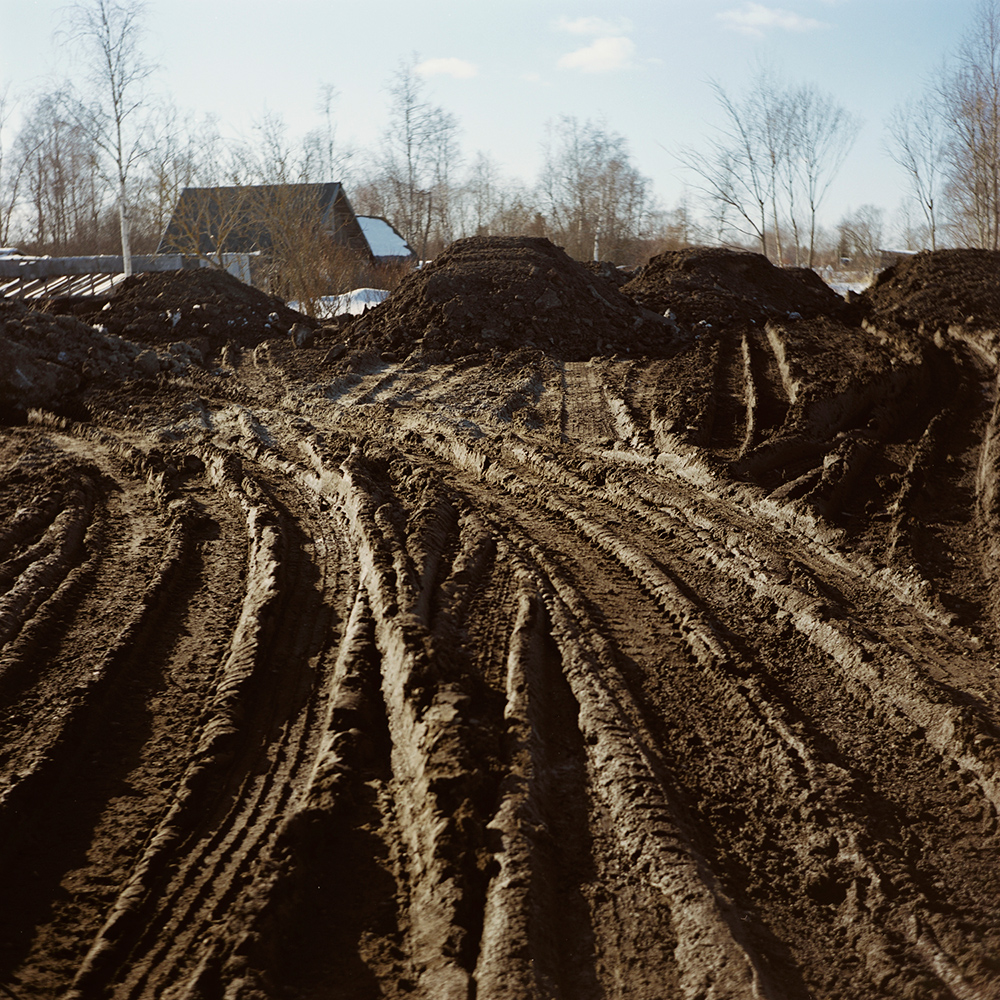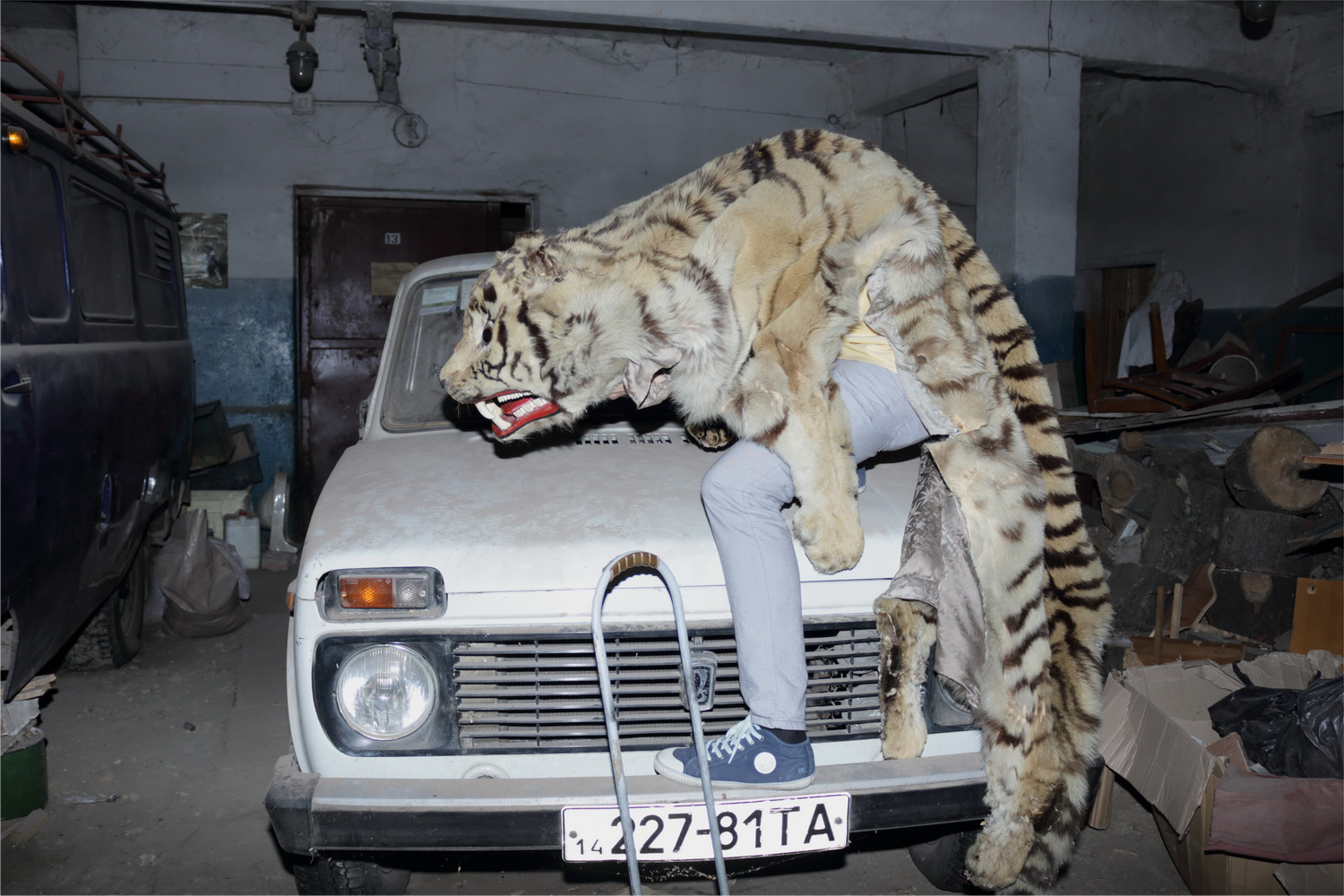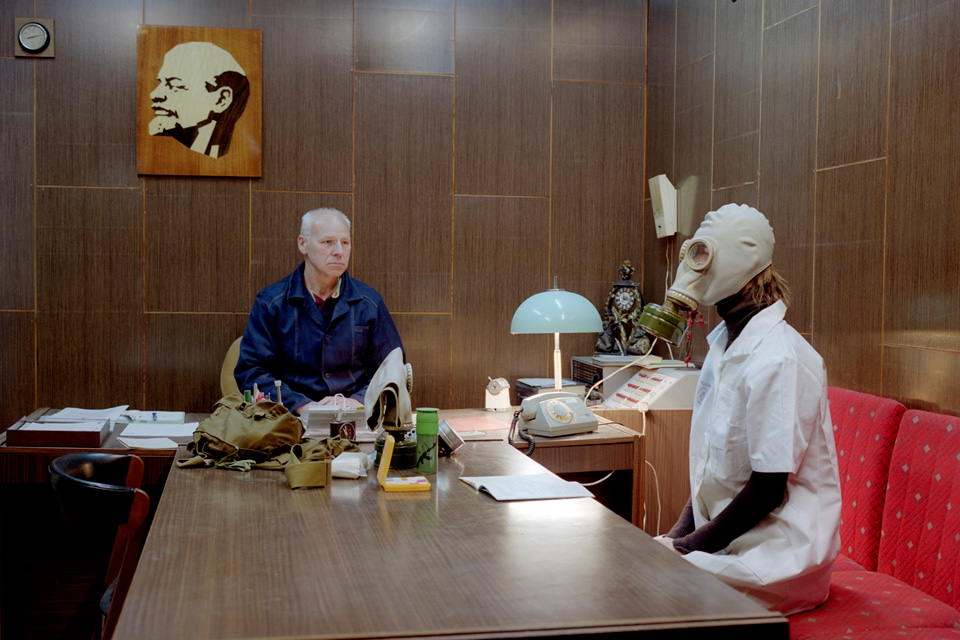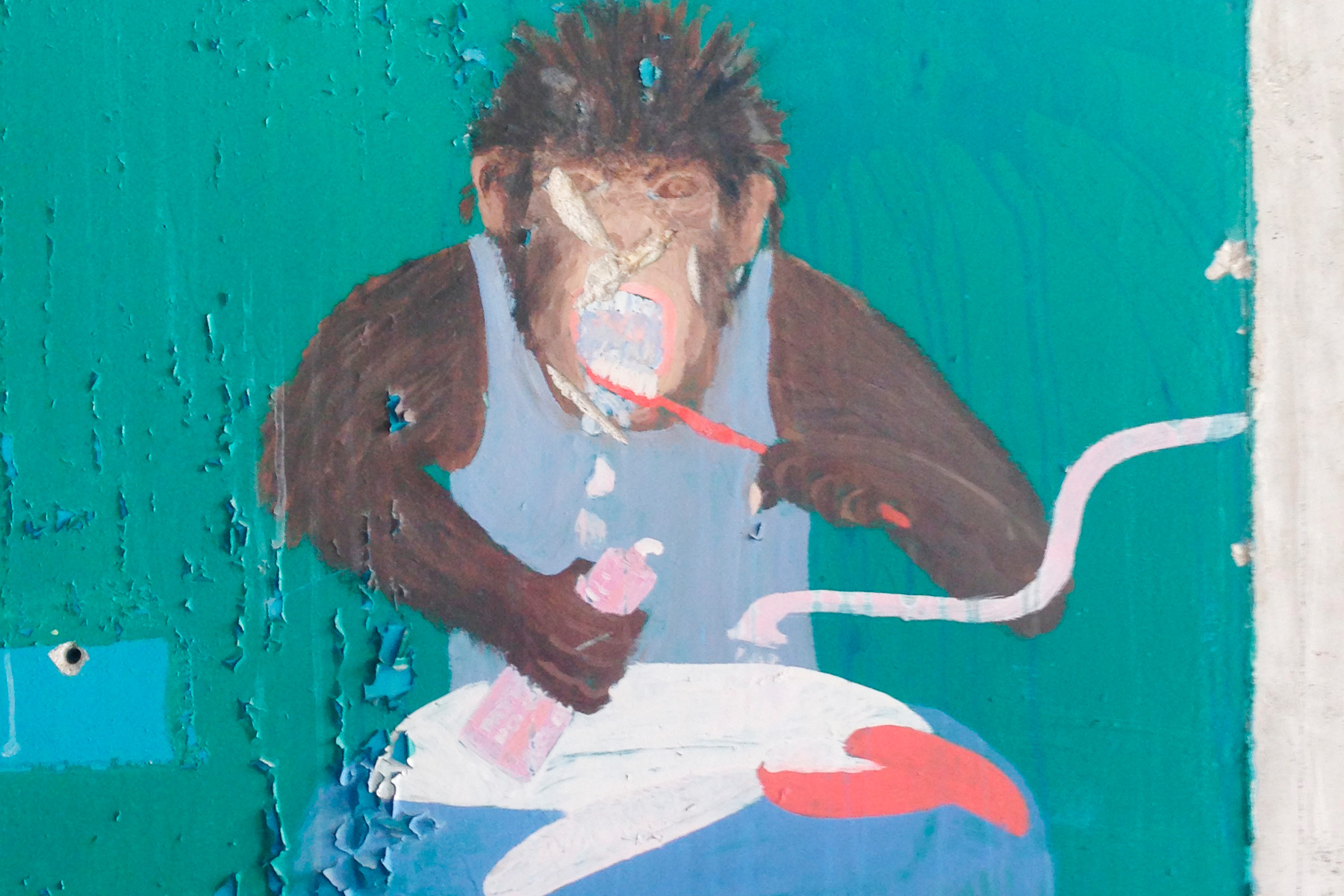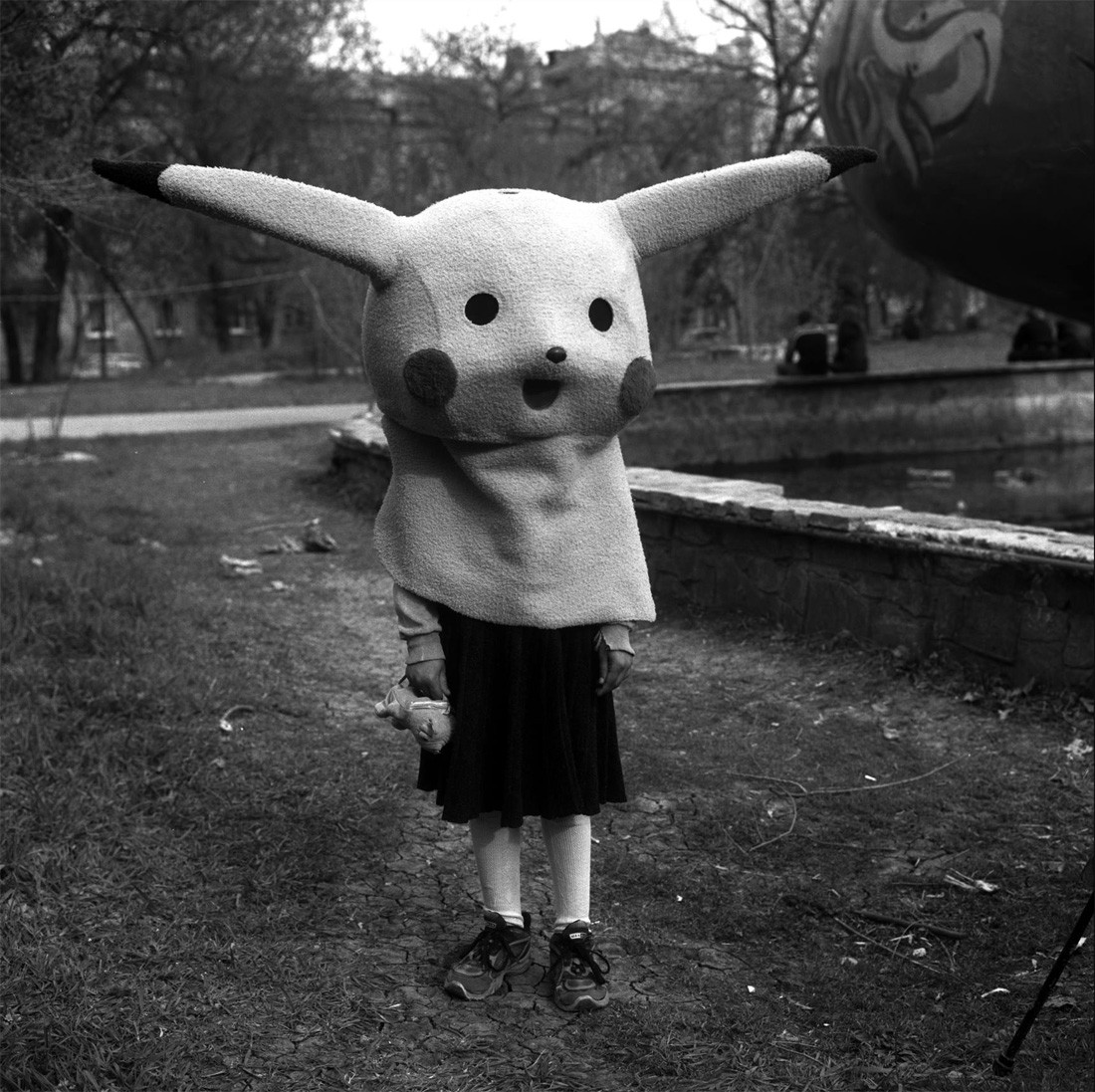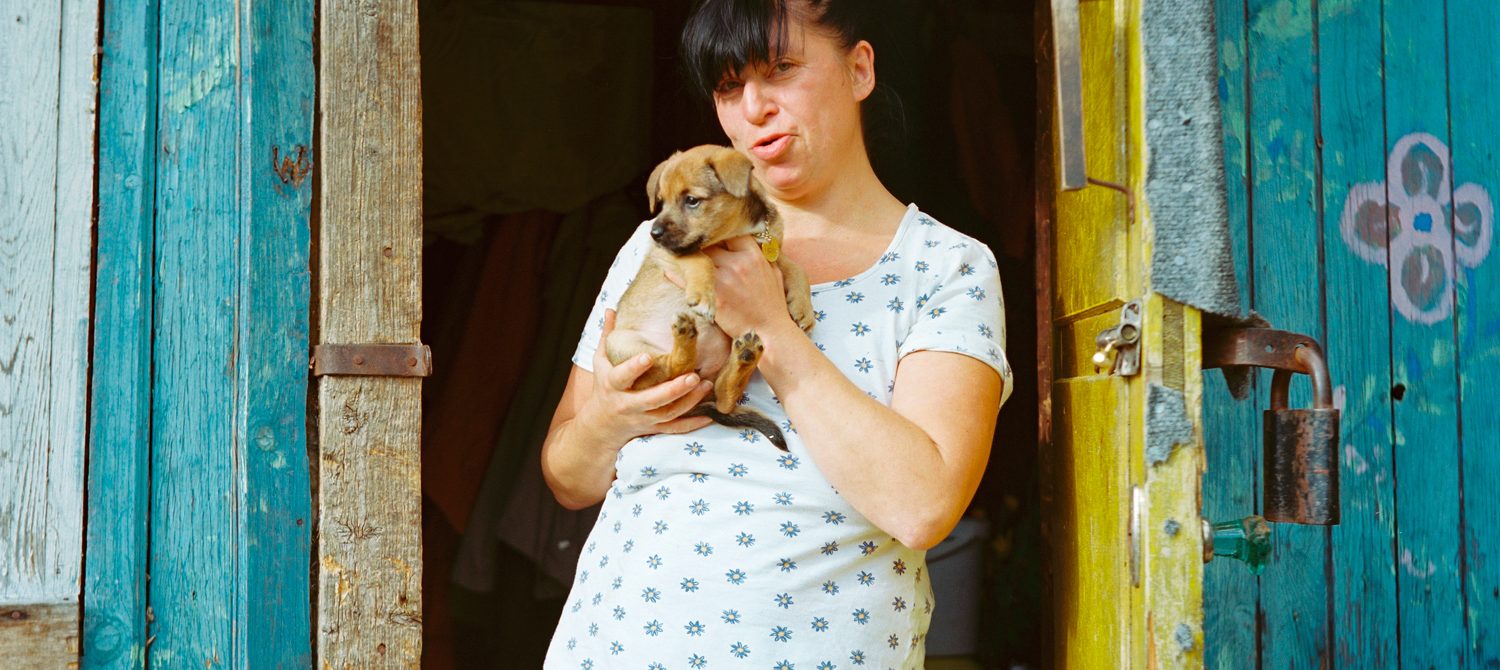
Plane Watchers: A Dacha Settlement in Estonia Stuck in the Soviet Past

Estonian documentary and portrait photographer. Studied Finno-Ugric languages at the University of Tartu and took photojournalism courses at Tartu Art College, and later courses in Professional Photography at the Photo Opportunity Studios and in Documentary Photography at the foto8 gallery in London. Annika is a member of the Estonian Association of Press Photographers. She was selected to the exhibition of The Taylor Wessing Photographic Prize 2015 at National Portrait Gallery in London, is a finalist of the LensCulture Exposure Awards 2014. Annika’s work was published in Lens Culture Magazine, FK Magazine, The Washington Post and exhibited in Europe, UK, USA, Canada, and Russia.
This photographic project, Plane Watchers, follows the lives of a group of people who have, after the collapse of the USSR, kept living in Estonia in accordance to the old ways. I call them the plane watchers, because their Soviet-era shanty-town is located right next to The Lennart Meri airport in Tallinn, and the air above it is constantly abuzz with landing and departing airplanes.
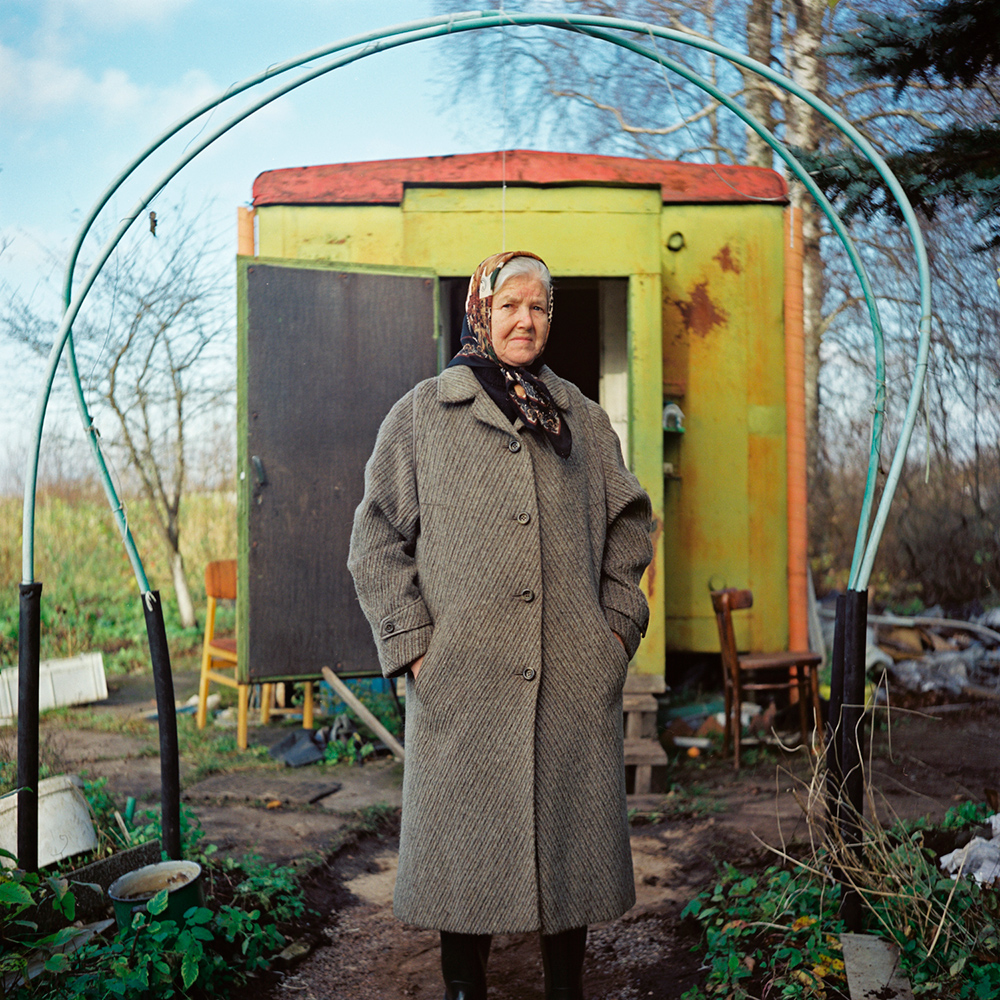
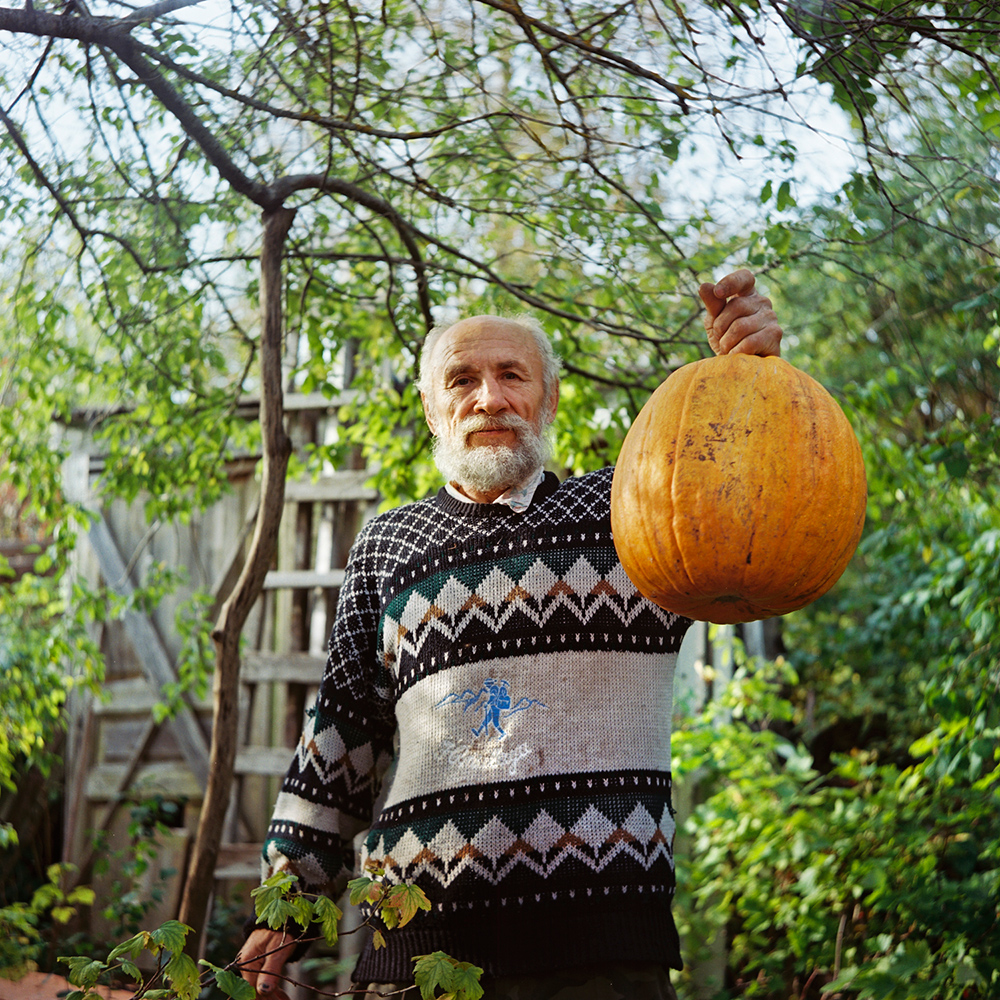
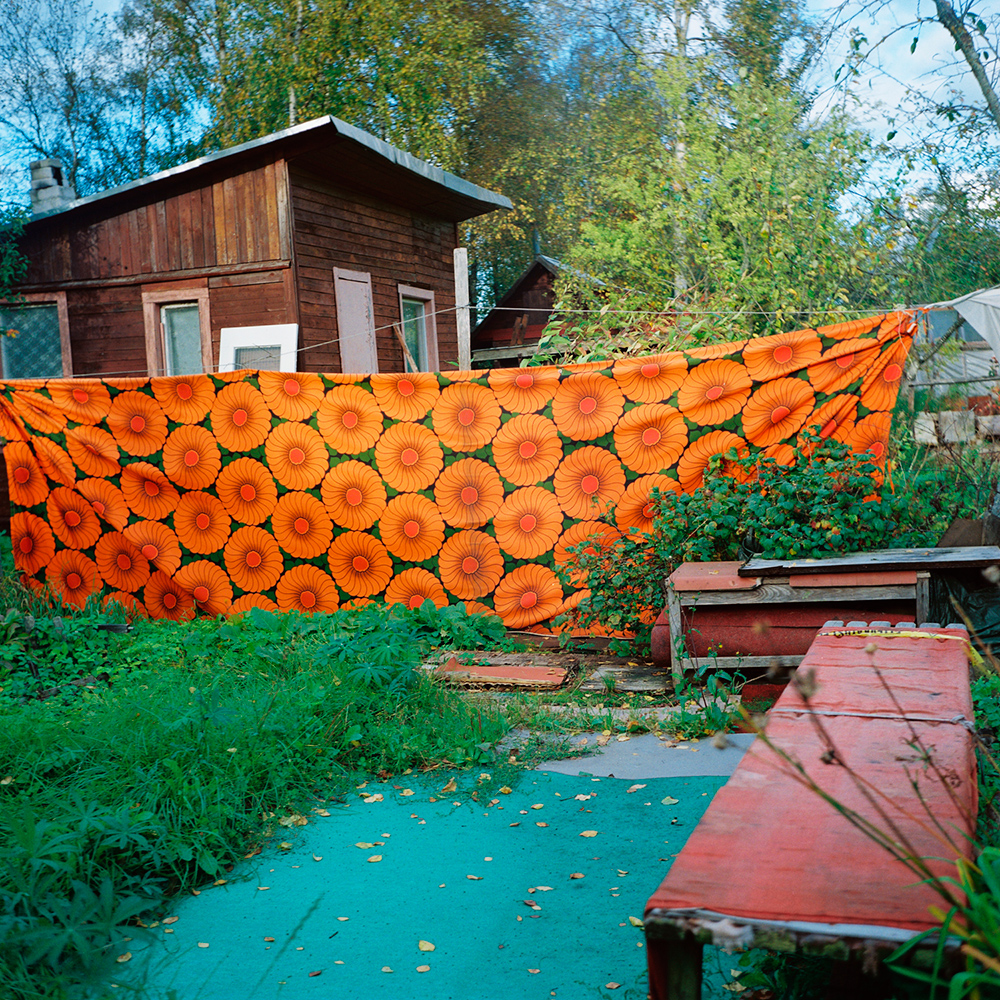
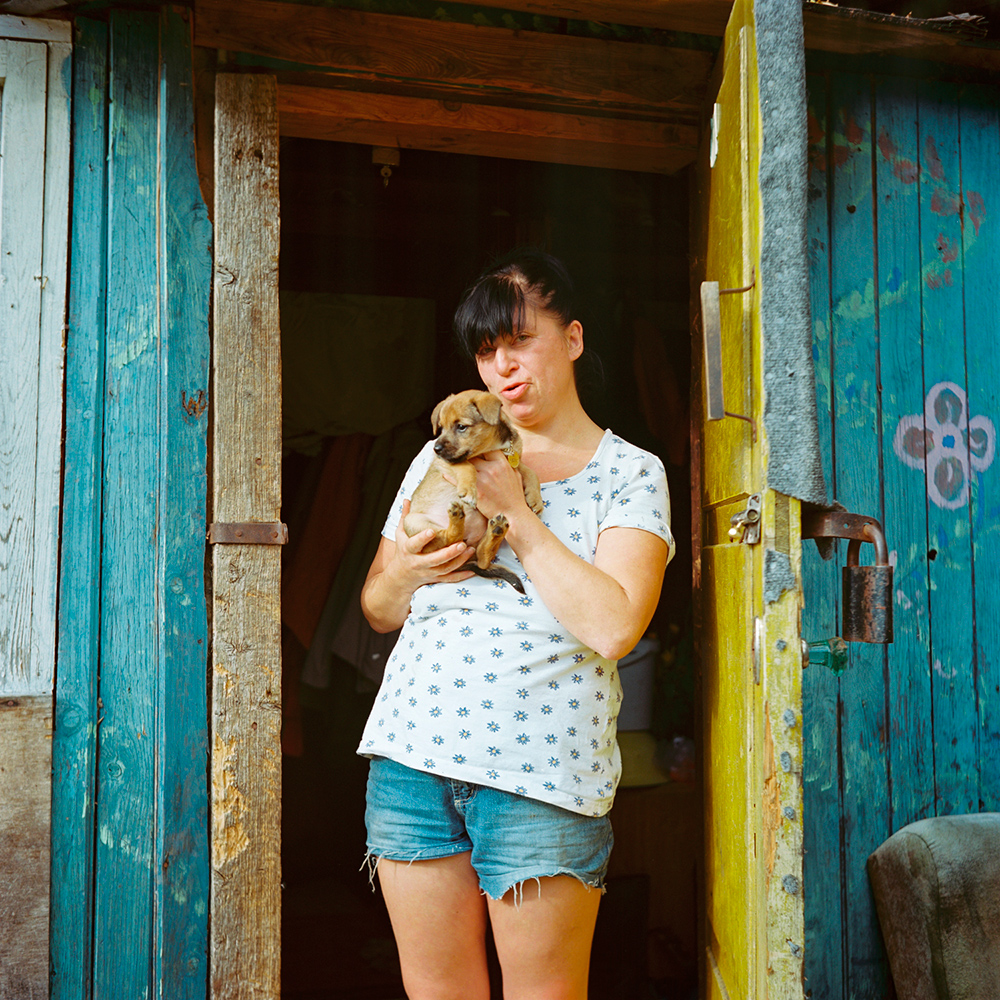
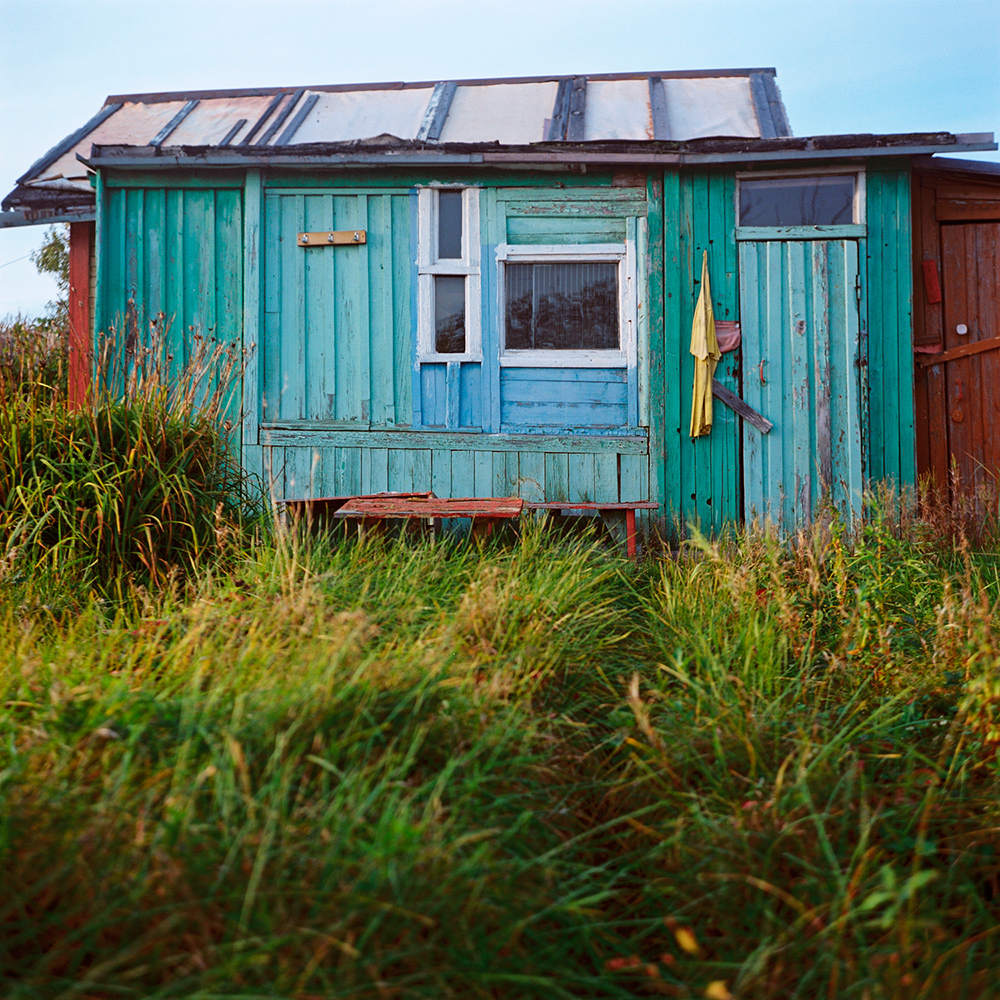
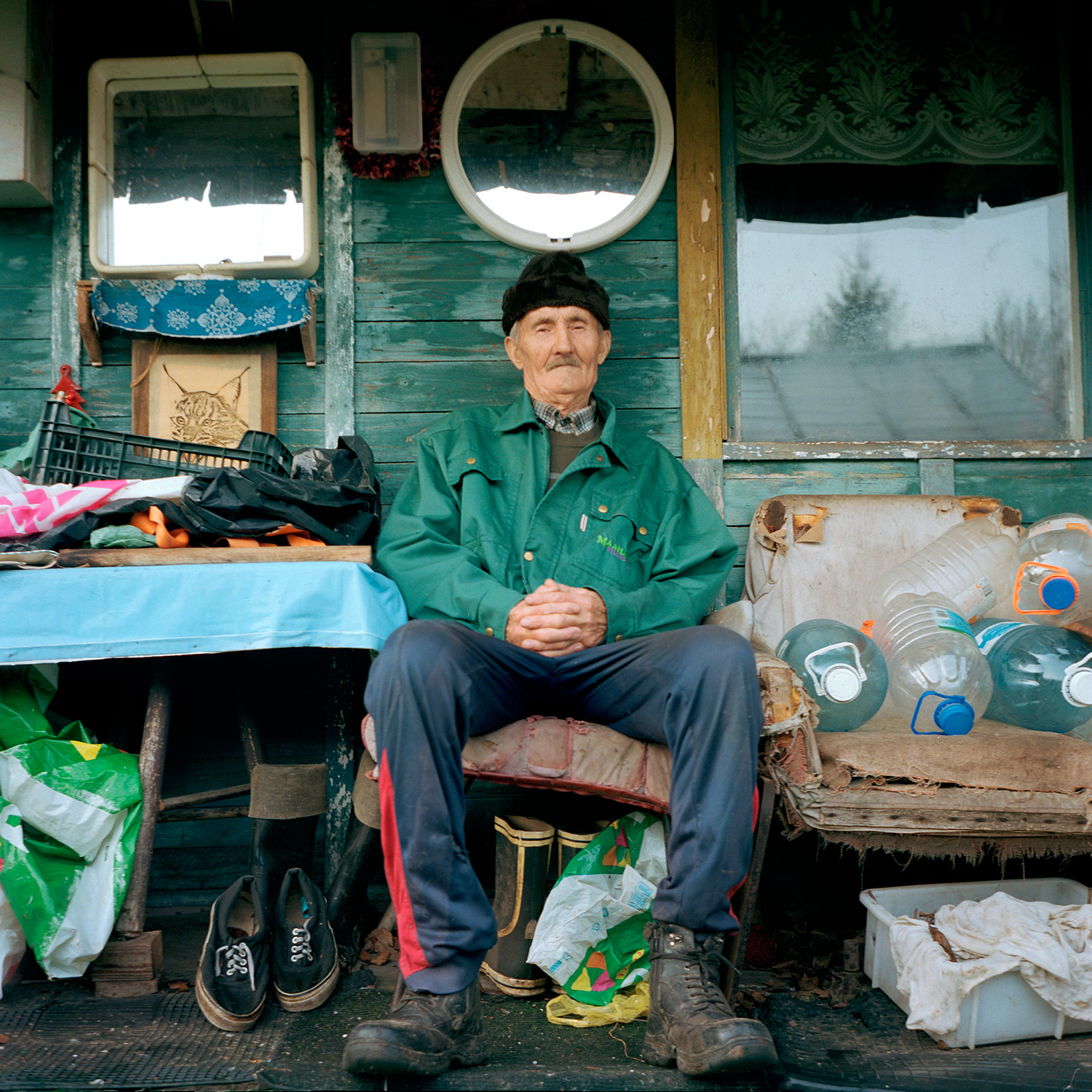
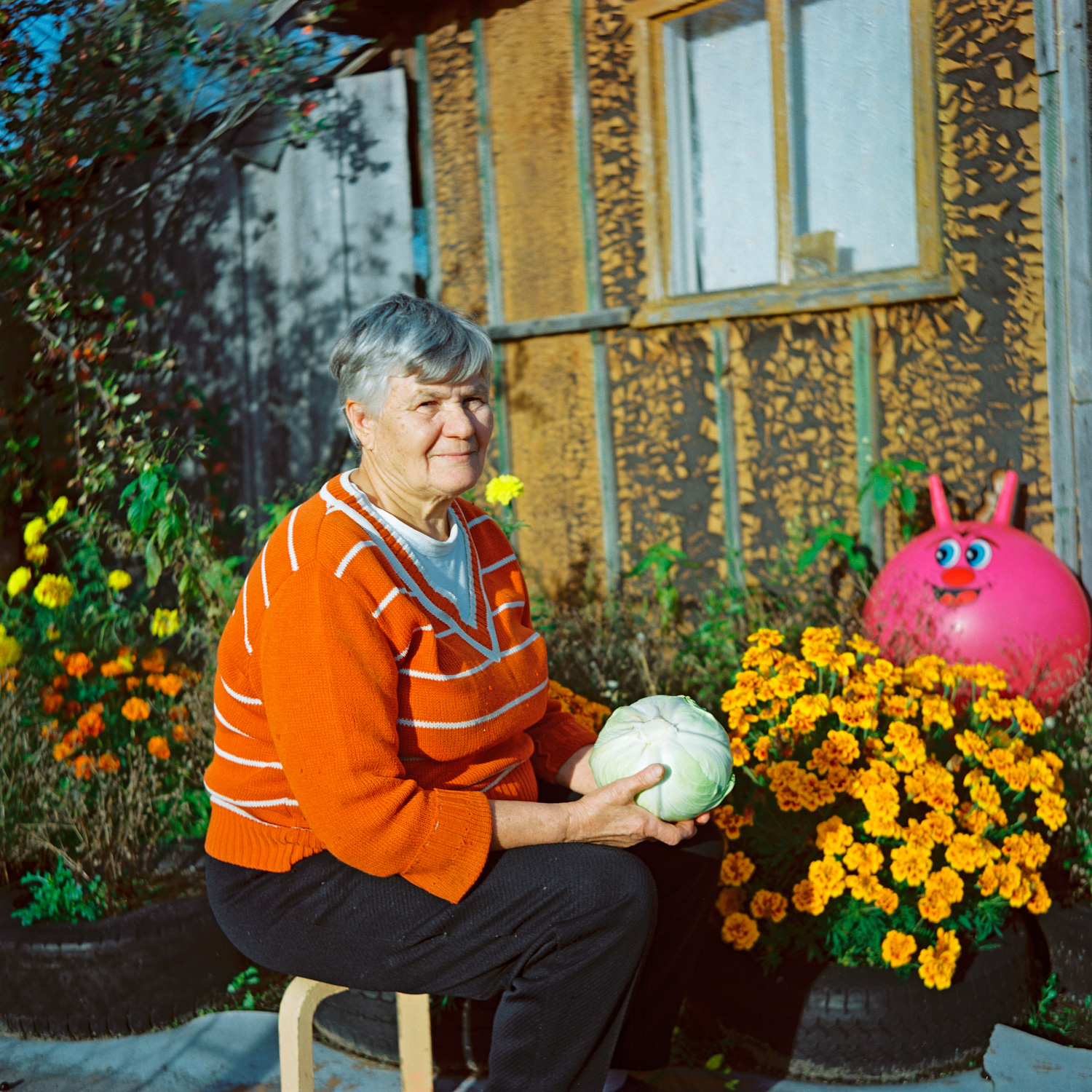
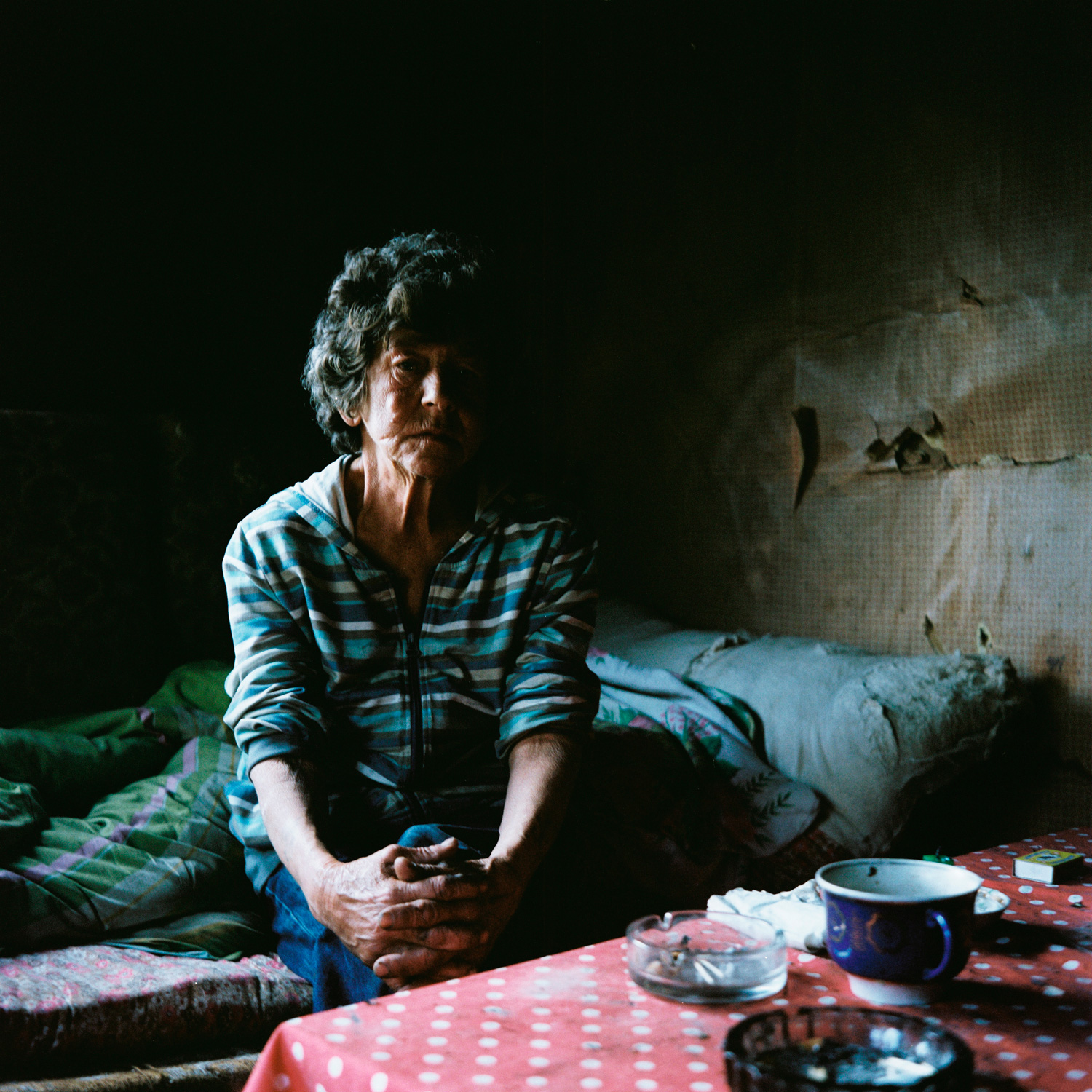
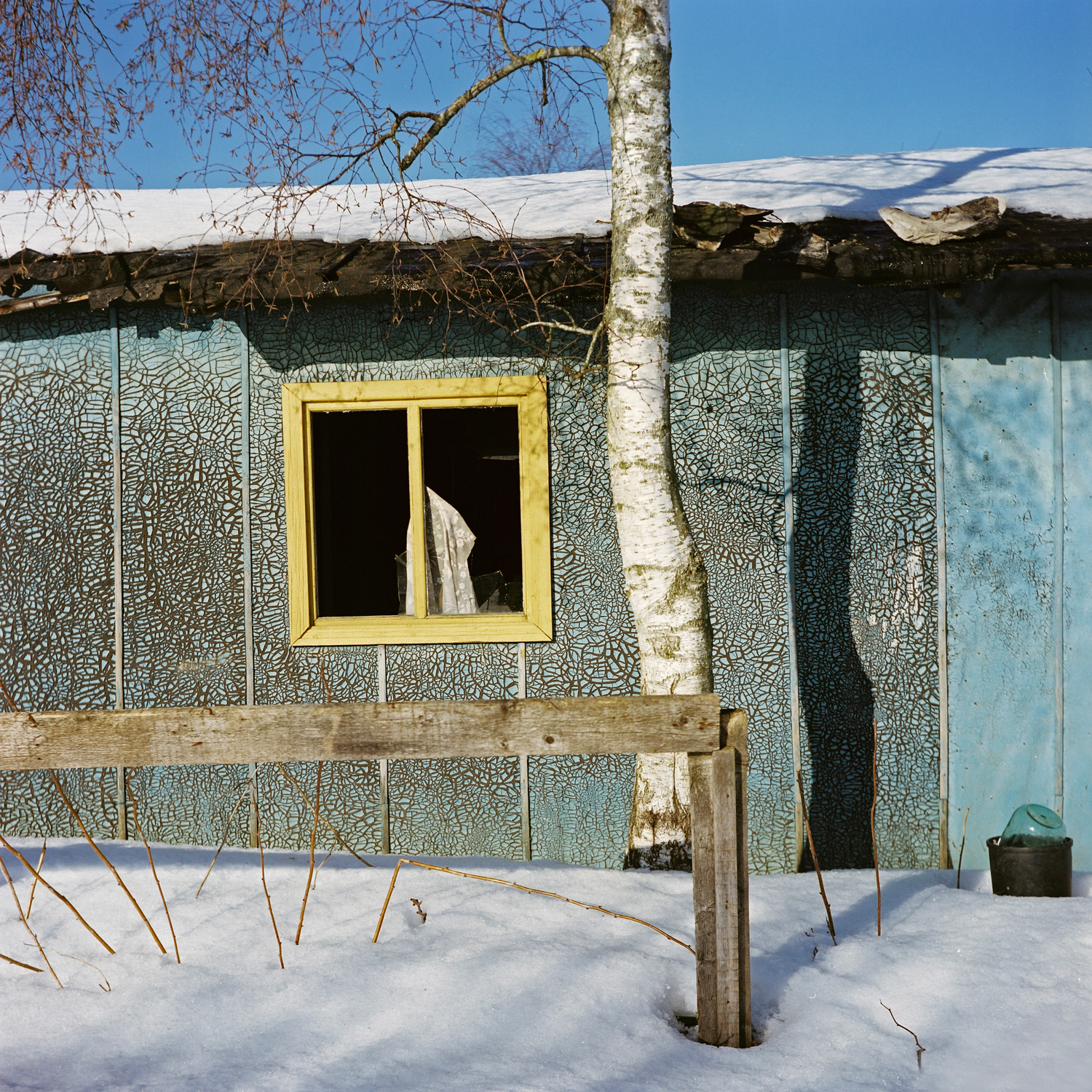
About 40 years ago the workers of the former military factory Dvigatel were given plots of land for growing vegetables. This arrangement was intended only for temporary use but also for an unspecified period.
That was the beginning of a weird cabin colony, where the representatives of our friendly sister nations spent decades cultivating their vegetable plots and erecting new additions to already numerous hovels.
From early spring to late autumn this was a place for sweet idyllic village life, only a short distance from the bustling and noisy city – true Soviet people were busy weeding and watering, the sounds of Garmoshka filled the air in the evenings, and children were running around barefoot. Come winter and the residents of the dacha-district hide away in their suburban warrens, only to slip out and stick their fingers in the soil again in spring.
In the course of time some people settled permanently in the surroundings of the airport. City apartments were sold or given at the disposal of the next generation.
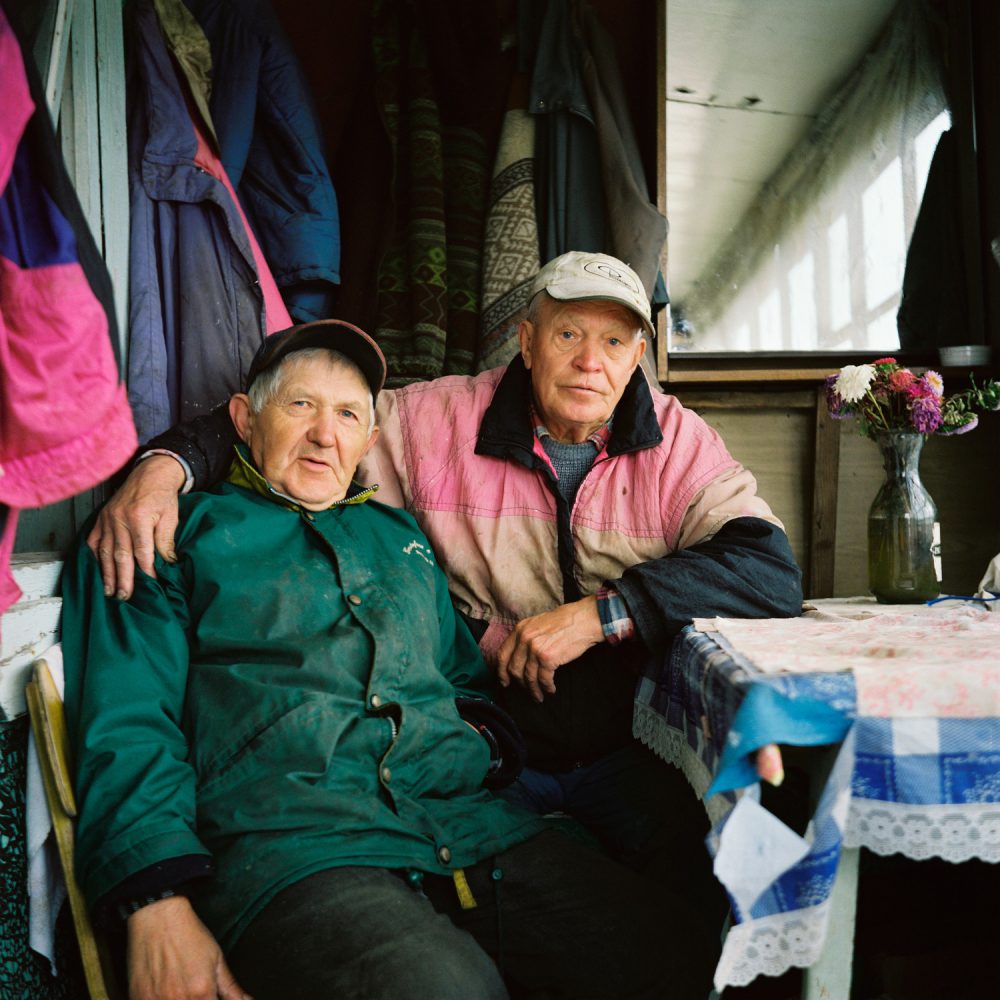
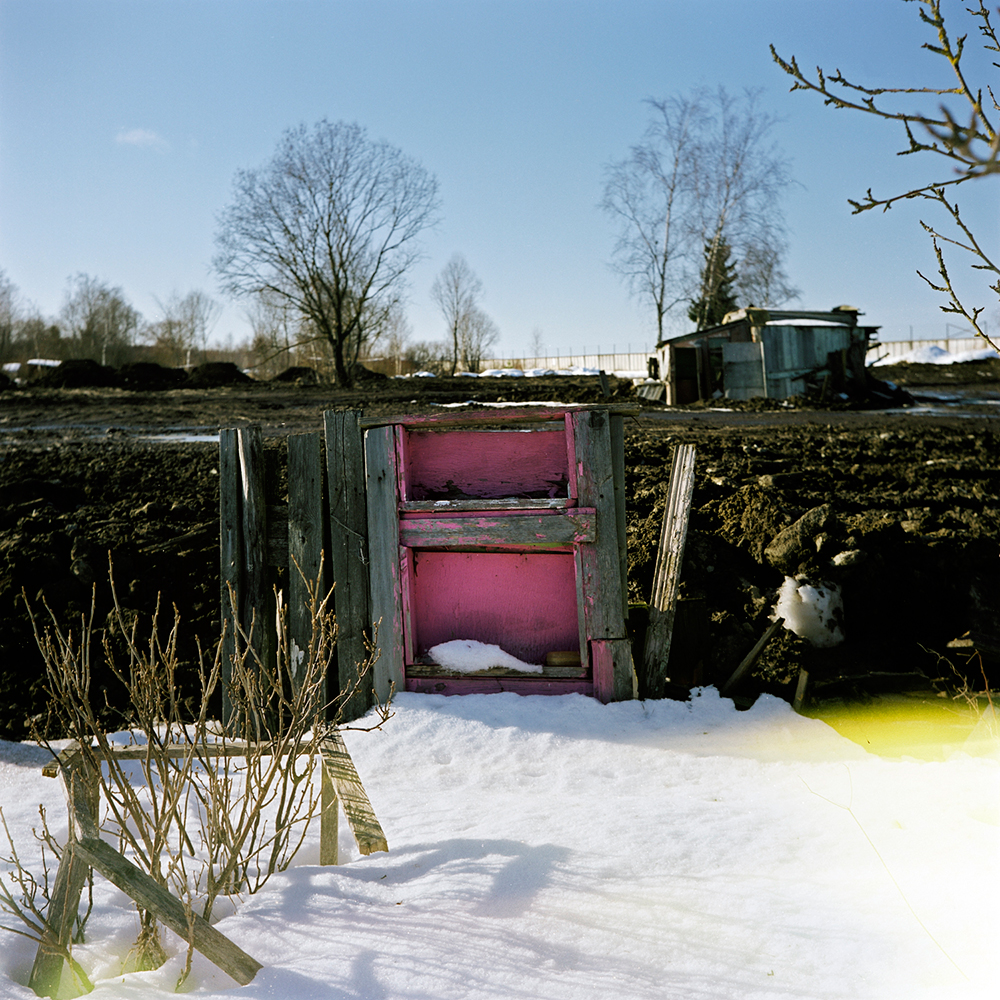
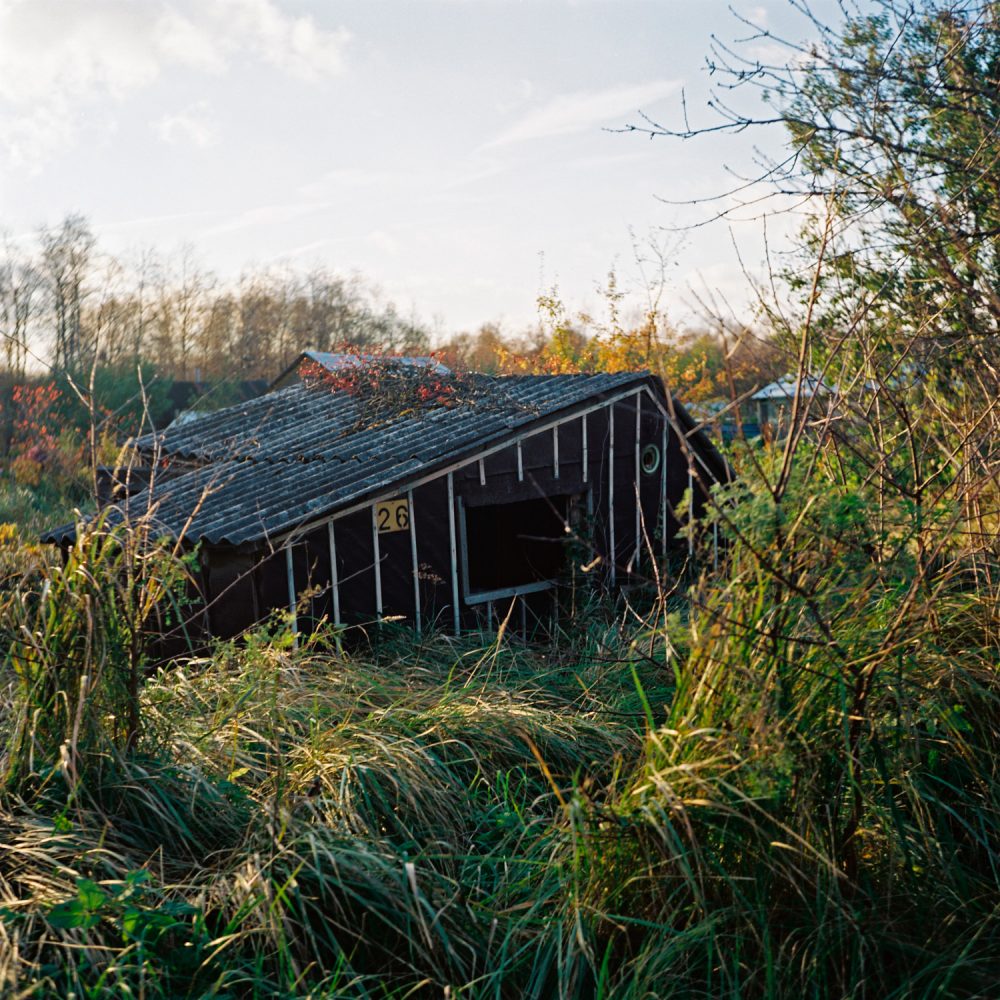
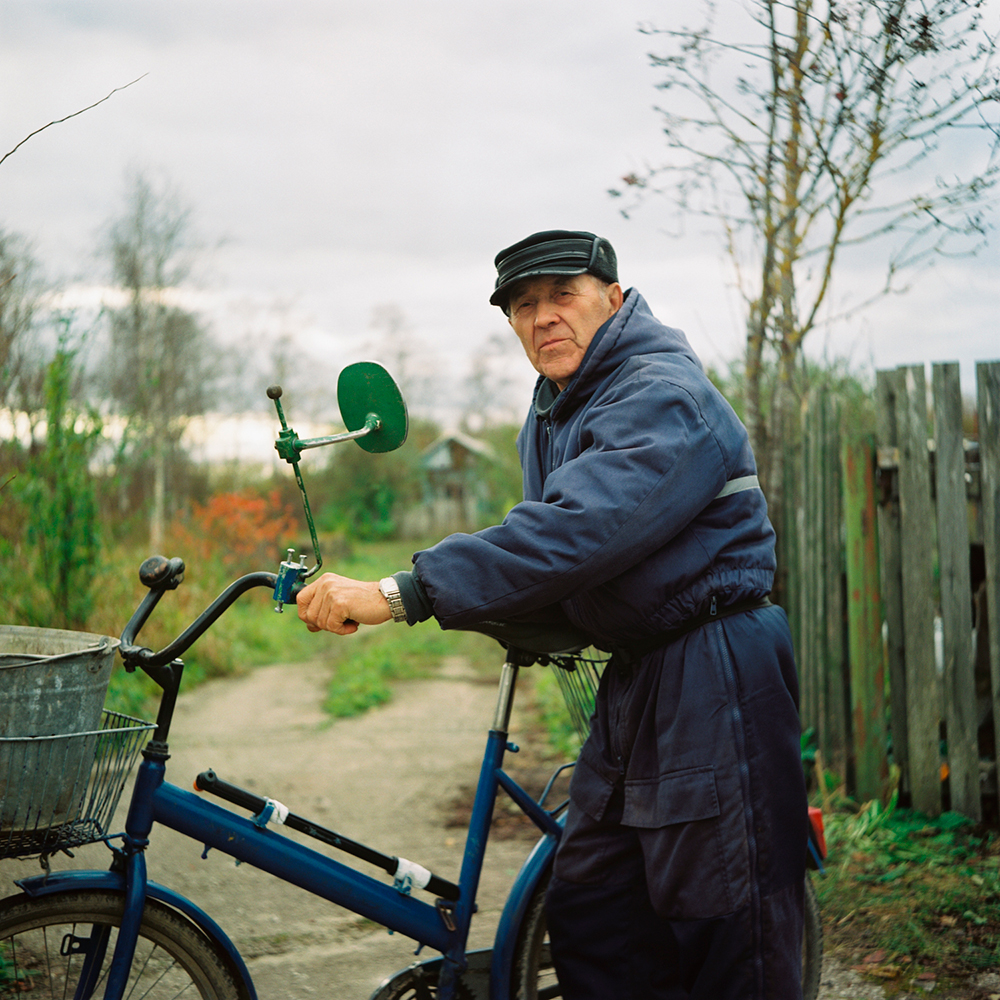
The collapse of the Soviet empire brought about certain changes even in the life of the Soodevahe shanty town. Capitalist rule deepened social stratification. The younger generation was no longer interested in idyllic country life. The shanty town became the domain of old-age pensioners. Furthermore, an entirely new type of resident emerged. Almost overnight the area became exposed to the poor and the homeless, who were not supposed to exist under the fertile conditions of Soviet rule. Such people found refuge in the cabins near the airfield. However, their attitude distinguished them clearly from the permanent habitants. They used to occupy an empty shack and after the place was completely ravaged or even burnt down they moved to another abandoned dacha.
Although Tallinn Airport became the new owner of the land of the former collective farm, it took years to figure out what to do about this weird urban region. The first impressions of those arriving to Estonia by plane were rather creepy and made them feel insecure.
Today, the decision sealing the fate of this area has finally been made. The demolition of the dachas and the improvement of the aerial perspective or ‘visual calling card’ puts an end to this stuck-in-time district raised decades ago. The spring of 2012 was the last one for the Soodevahe shanty town.
The land left empty, houses falling apart reflect the feelings of Russians living in Estonia: you’re at home, yet you’re homeless, your system is not part of the general system.
My aim is to show the last phase of the vanishing and disappearing community who have lost sympathy and compassion from the younger generations due to the reason that time is just moving on. I hope to achieve with my portraits of the plane watchers the preservation of the memory of these simple and common people who trust in a non-existent power.
